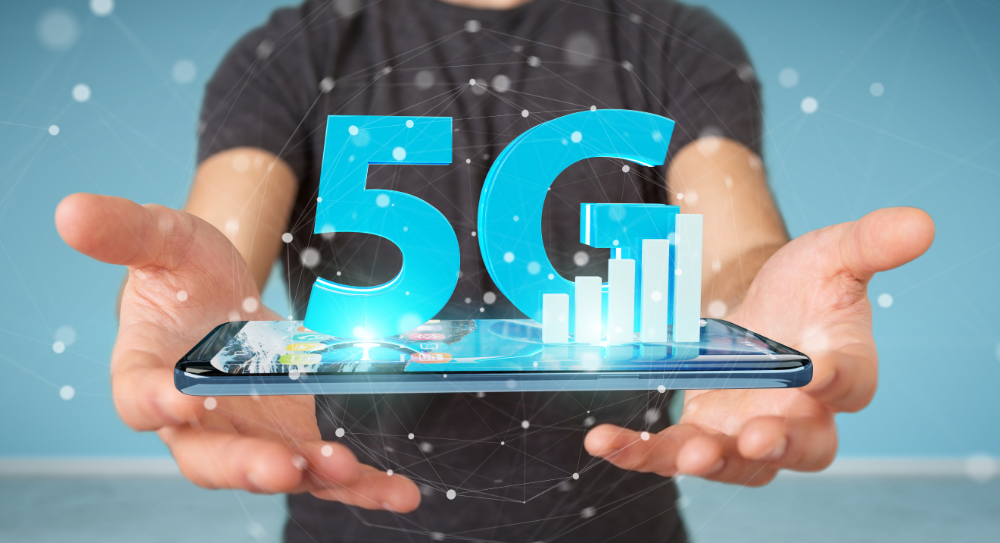Wireless technology has come a long way since 1973. The advancements in wireless technology have revolutionized how we communicate, work, and live our lives. The introduction to 5g technology is the latest evolution in wireless technology that promises to bring even more exciting possibilities for businesses and consumers alike.
What is 5G Technology?
5G stands for fifth-generation technology and is the latest wireless technology designed to offer faster data transfer speeds, lower latency, and increased network capacity. 5G technology is expected to be 100 times faster than the current 4G LTE technology, with up to 10 Gbps data transfer speeds. This means that you can download a full-length movie in just a few seconds, compared to several minutes or even hours, with the current 4G technology.
How is 5G Technology Different from Previous Wireless Technologies?
5G and previous wireless technologies differ because of their use of higher frequency bands. 5G uses millimetre-wave frequencies higher than those used by previous technologies. This allows for faster data transfer speeds and lower latency. However, higher frequency bands have shorter wavelengths. As a result, they are easily blocked by obstacles such as buildings and trees, which means that 5G networks will require more cell towers and infrastructure to provide adequate coverage.
Another key difference is using advanced antenna technologies such as massive MIMO (multiple-input, multiple-output) and beamforming. These technologies allow for more efficient use of wireless spectrum and enable networks to provide higher data transfer speeds and increased network capacity.
Benefits of 5G Technology
One of the biggest benefits of 5G technology is faster data transfer speeds. This means that you can download and stream content faster, making it easier to stay connected and productive on the go. In addition, lower latency means that there will be less delay in sending and receiving data, which is essential for applications such as autonomous vehicles and remote surgery.
Another benefit of 5G technology is increased network capacity. This means more devices can be connected to the network without affecting performance. This will be especially important as the number of connected devices grows with the rise of the Internet of Things (IoT).
Potential Applications of 5G Technology
5G technology is expected to enable a wide range of applications and use cases, including:
1. Smart Cities: 5G technology can be used to create smart cities with connected infrastructure and services that improve the quality of life for residents.
2. Autonomous Vehicles: 5G technology can provide the low latency and high data transfer speeds required for autonomous vehicles to operate safely and efficiently.
3. Telemedicine: 5G technology can enable remote consultations and surgeries, improving access to healthcare for people in remote areas.
4. Virtual Reality and Augmented Reality: 5G technology can provide the high data transfer speeds required for immersive virtual and augmented reality experiences.
Conclusion
5G technology is the latest evolution in wireless technology that promises to bring faster data transfer speeds, lower latency, and increased network capacity. Deploying 5G networks will require significant investments in infrastructure and will face technical and regulatory challenges. Nevertheless, the benefits of 5G technology are clear, and we can expect to see more exciting developments in the years to come.
- How to Prepare for a Cyber Security Job Interview - June 15, 2023
- Unblocked Games: Unlocking Fun and Learning Without Restrictions - June 14, 2023
- The 10 Principles of Insider Risk Management - June 14, 2023

